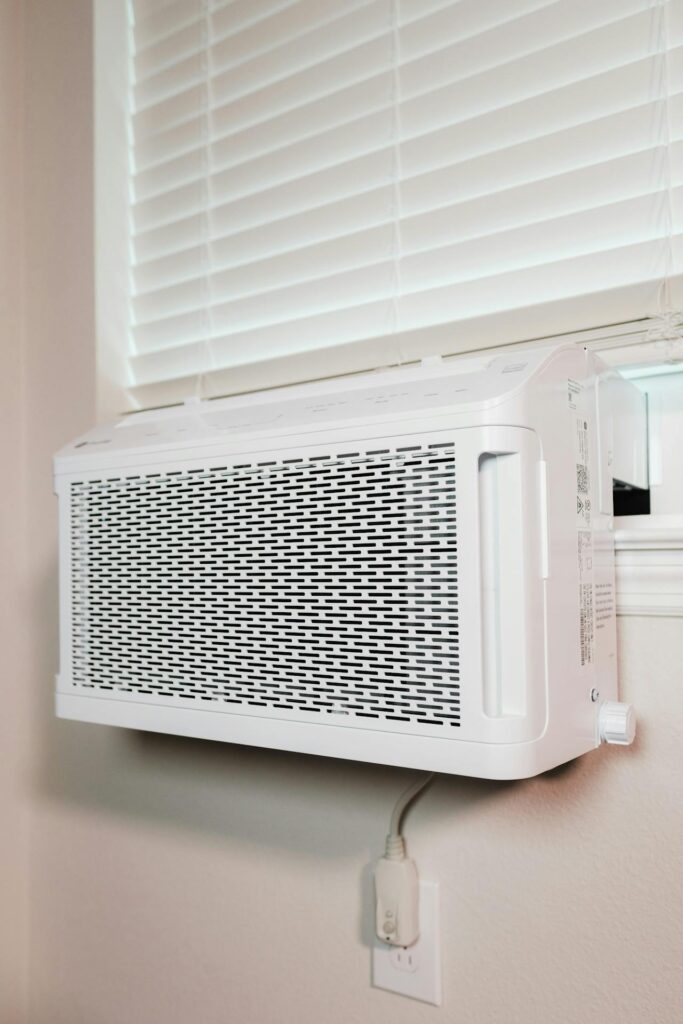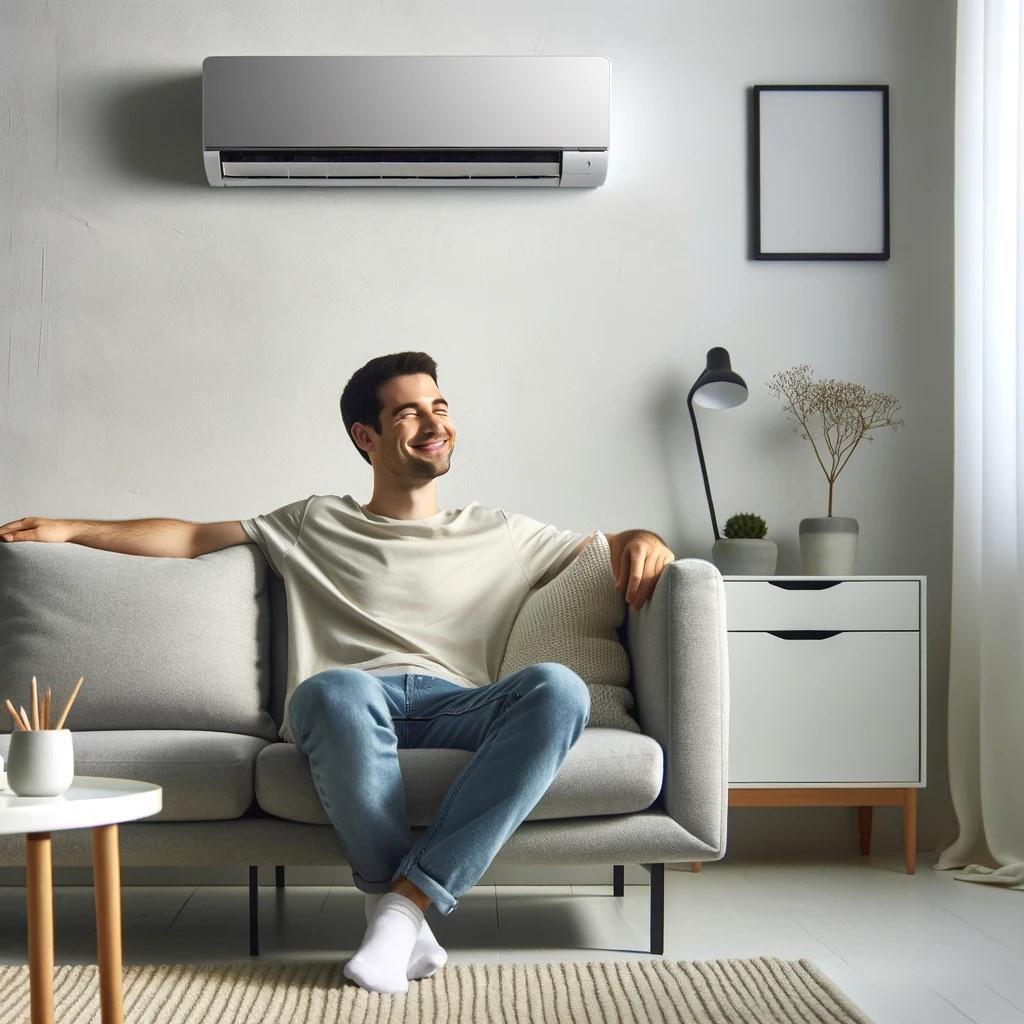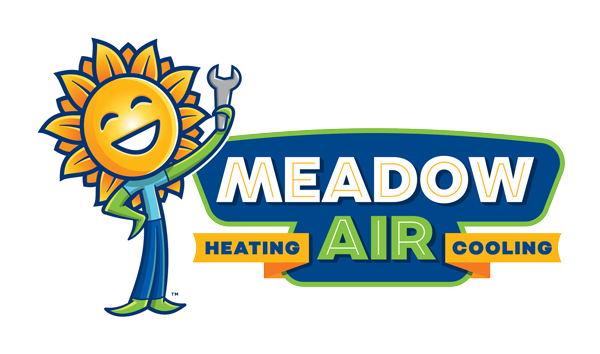How Does Air Conditioning Work?
Key Takeaways
- Air conditioning not only cools the air but also controls humidity, circulates air, and filters out dust and allergens.
- Key components of an AC system include the evaporator coil, compressor, condenser coil, expansion valve, refrigerant, fans, and thermostat.
- Air conditioning operates in a cycle where warm air is absorbed by the evaporator coil, the heat is released outdoors by the condenser coil, and cool air circulates back into the space.
- Varied types of air conditioners include window, split, packaged, central, and portable units, each with different installation requirements, efficiency levels, and suitable use cases.
- Choosing the right AC unit involves considering the size needed for the space, the system’s energy rating (SEER and EER), the cost (initial and operating), and installation requirements.
- Optimal performance and efficiency of an air conditioning system are contingent on selecting the right unit for the space and ensuring that it is installed correctly.

Whether it’s the dog days of summer or you just can’t stand the heat, air conditioning provides sweet relief from sweltering temperatures. For years, AC has allowed us to chill out indoors comfortably.
But how does air conditioning work to create an arctic blast inside while it’s sweltering outside? Let’s take a closer look at the parts and processes that enable air conditioners to effectively cool our spaces.
What is Air Conditioning?
Air conditioning refers to the process of removing heat from an enclosed space to improve comfort. It is different from simply blowing air or improving ventilation.
The purpose of an air conditioner is not just to cool the air but also to control humidity, keep the air circulating, and filter out dust and allergens.
What Makes up an Air Conditioning System?
Your air conditioner consists of a number of key components that work together to keep your home cool. These components include:
- Evaporator Coil: This is located in the indoor unit and is responsible for absorbing heat from the air. It contains refrigerant that evaporates as it absorbs heat.
- Compressor: Located in the outdoor unit, the compressor’s main function is to pressurize the refrigerant vapor, preparing it to release heat effectively.
- Condenser Coil: Also located in the outdoor unit, this component releases the heat that the refrigerant absorbed from the indoor air.
- Expansion Valve: Positioned between the evaporator and condenser coils, this valve controls the flow of refrigerant into the evaporator, helping to regulate the cooling process.
- Refrigerant: A chemical compound that transitions easily from liquid to gas and back; this is the substance that carries heat from the inside to the outside of your home.
- Fan: There are typically two fans, one inside that blows air over the evaporator coil to distribute cool air, and another outside that expels air over the condenser to dissipate the heat.
- Thermostat: This device monitors and regulates the temperature in your home by turning the air conditioner on and off.
How Does Air Conditioning Work?

The process of air conditioning involves a continuous cycle of stages that cool the air in your home by removing heat and humidity. Here’s how it works:
- Air Intake: The indoor fan pulls warm air from your home into the air conditioning system through return air vents.
- Heat Absorption: As the warm air passes over the cold evaporator coil, the refrigerant inside the coil absorbs heat, cooling the air. During this process, the refrigerant changes from a liquid to a vapor.
- Compression: The refrigerant vapor is then compressed by the compressor in the outdoor unit, which increases its temperature and pressure.
- Heat Release: The hot, pressurized vapor travels through the condenser coil, where the outdoor fan helps expel the absorbed heat to the outside.
- Cooling Down: The refrigerant, now cooled and transformed back into a liquid by releasing its heat, flows through the expansion valve. This valve reduces the pressure of the refrigerant, allowing it to cool further and repeat the cycle.
- Circulation: The cooled air is then circulated back into your home, lowering the indoor temperature to the desired setting on the thermostat.
- Cycle Repetition: This cycle continues until the indoor temperature reaches the thermostat setting, at which point the air conditioner will cycle off until more cooling is needed.
Types of Air Conditioners
There are several different types of air conditioning systems available, each with their own benefits and drawbacks.
Window AC Units
Window AC units are designed to fit into a window opening. The evaporator, compressor, and condenser are all contained in a single cabinet. The units are relatively inexpensive and easy to install, making them a popular choice for cooling smaller spaces or providing supplemental cooling in a single room. However, they can be noisy, block natural light, and are less energy efficient than some other options.
Split AC Units
Split AC systems have the compressor and condenser located outside, while the evaporator is located inside. The two components are connected by refrigerant lines that run through a small hole in the wall or window. Split units are quieter, more energy efficient, and don’t block windows. However, installation is more complex than a window unit.
Packaged AC Units
Packaged AC units place the evaporator, compressor, and condenser in a single cabinet outside the home. They are easy to install as no in-home work is required. Packaged units can provide whole home cooling, but may not be as efficient or quiet as a split system.
Central AC Systems
Central air conditioners circulate cool air through ductwork in the home. The compressor and condenser are located outside, while the evaporator and blower are located in the furnace or air handler inside. While expensive to install initially, central air is quiet, doesn’t take up window space, and provides even cooling throughout the home.
Portable AC Units
Portable air conditioners have wheels and vents to exhaust hot air outside through a window or wall. They can be moved from room to room and don’t require permanent installation. However, portables are less efficient and effective than window or split units. They are best for spot cooling or supplemental use.
Choosing the Right Air Conditioner
When selecting an air conditioner, there are several key factors to consider:
- Size Needed for the Space – Measure the square footage of the room or area you need to cool and choose an AC that has the appropriate BTU rating. A unit that is too small will not be able to cool effectively. A unit that is oversized will cool quickly but turn on and off frequently, reducing efficiency.
- Energy Rating – Look at the SEER (Seasonal Energy Efficiency Ratio) and EER (Energy Efficiency Ratio) ratings. Higher ratings mean greater efficiency and energy savings. Models with ratings of 13 SEER or higher are recommended.
- Cost Considerations – Purchase price, operating costs, and installation costs should all be weighed. While a more expensive AC may cost more upfront, the energy savings over time can make it worthwhile. Also factor in any electrical work needed for installation.
- Installation Requirements – Determine if you need a window, wall, or central AC unit based on your space. Window units are the easiest DIY option. Wall units are more permanent but still relatively straightforward. Central AC requires professional installation of the system and ductwork.
Final Thoughts
Now that you know how air conditioning works and the key components involved, you might be thinking about the best system for your space or considering an upgrade.
Choosing the right AC unit and ensuring it’s properly installed can be essential for optimal performance and efficiency. If you need help selecting the perfect air conditioner or require professional installation, Meadow Air is just a call away. Contact us today!
